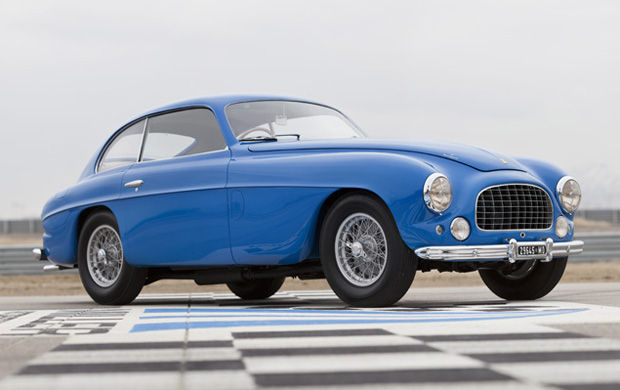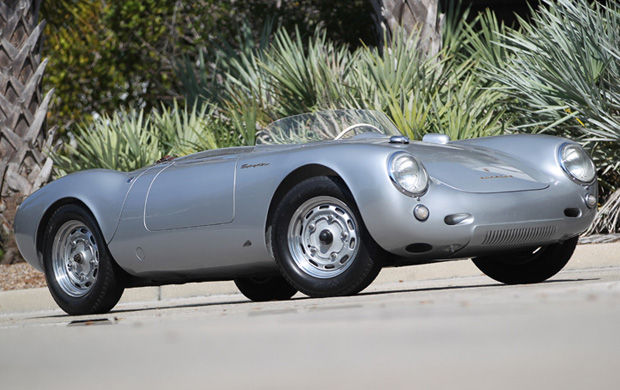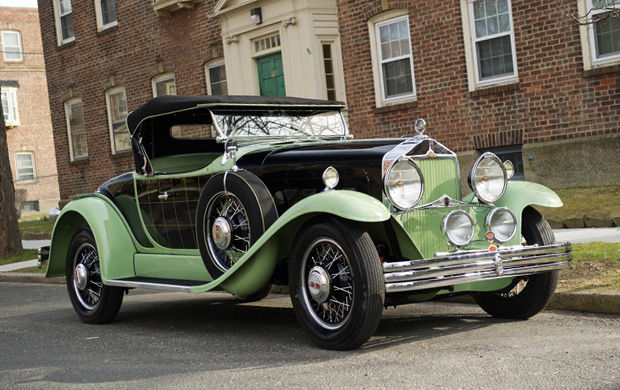1999 Dodge Durango Shelby SP360
Offered by Auctions America, Ft. Lauderdale, Florida, March 16-18, 2012
I’m going to be honest: those are some ugly wheels. Everything Carroll Shelby attached his name to – and he seems willing to attach it to just about anything (there was a Shelby Omni, after all) – becomes collectible. You don’t see many of these next to the GT350s and GT500s and Cobras at auctions. Maybe because it’s a late model SUV with a big engine and some giveaway Viper paint.
Only 300 Shelby SP360s were built between 1999 and 2000. The 360 stands for the number of ponies under the hood, coming from the supercharged 5.9 liter Magnum V8. It could hit 60 mph in 7.1 seconds on its way to 142 mph (which was seriously fast for a 2+ ton SUV). I’ve heard a standard Durango from this era and it sounded great. I bet this sounds awesome.
These will never reach a level anywhere close to the Shelbys of yore. This is a well-equiped 4WD model and I’m unaware of the mileage (it could have been a daily driver, although this does not appear to be the case as it looks fairly clean). I think a $20,000 hammer price should elate the seller. I wouldn’t pay that much. For more info click here and more from AA in Ft. Lauderdale, click here.
Update: Sold $13,750.






















